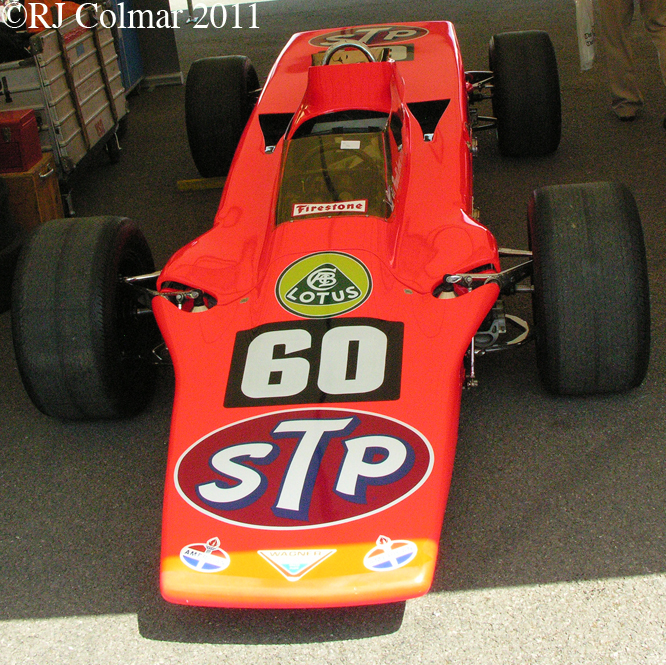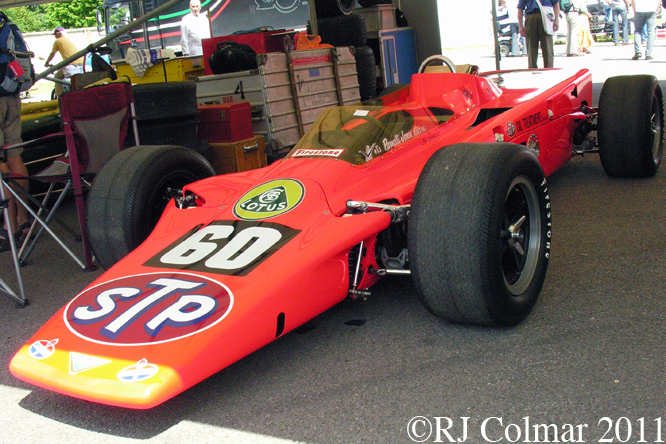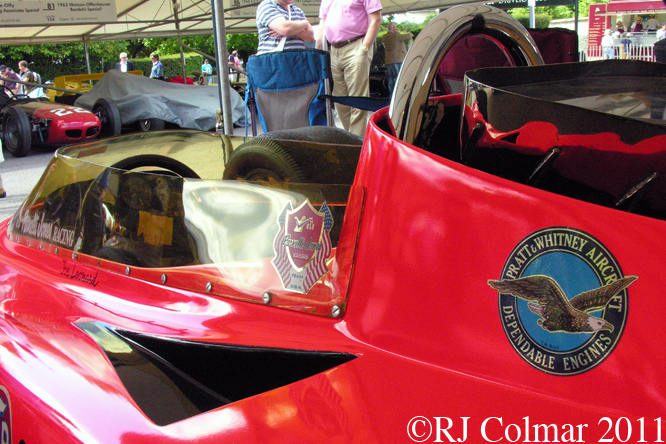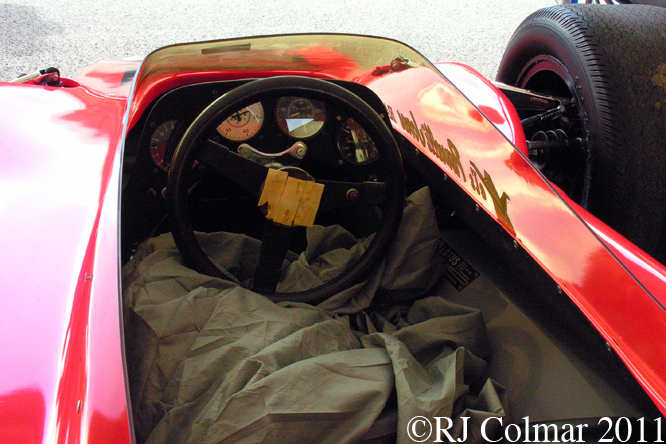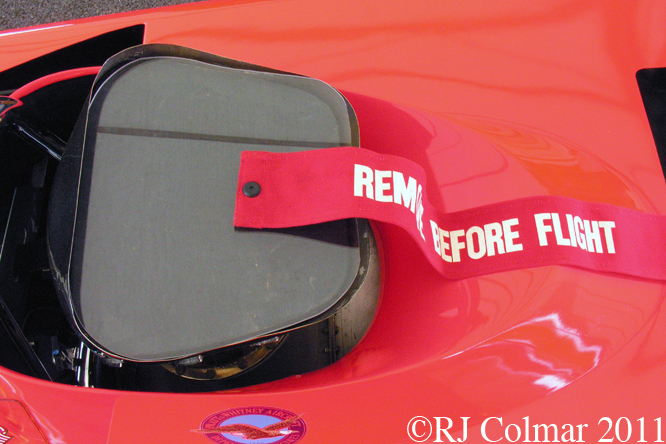Gary Pratt and Jim Miller founded the New Hudson, Michigan based Pratt & Miller Engineering and Fabrication in 1989.
In 1999 their relationship with General Motors, which continues to this day, got off the ground with the development of the Corvette C5.R.
The success of the C5.R program led to the commencement of C6.R GT1 program which took to the endurance circuits in 2005 with 8 GT1 Corvette chassis being built between up until 2008.
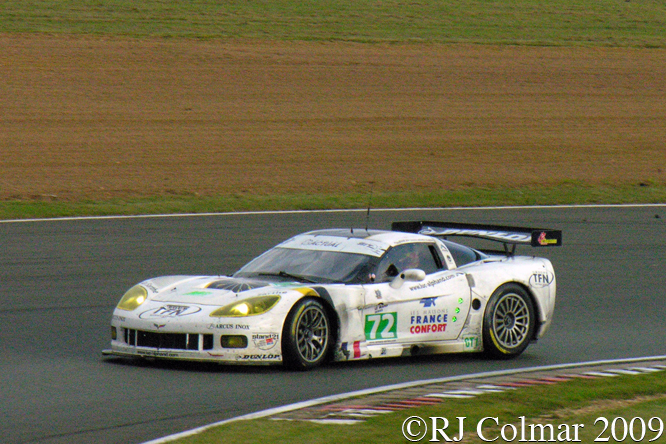
Today’s featured chassis #C6R-004 was built new for the 2006 ALMS season and was driven to three straight class victories at Sebring, Huston and Mid Ohio by Oliver Gavin and Olivier Beretta who were joined by Jan Magnussen for the longer 12 hour victory at Sebring.
The Sebring class winning trio then drove the car to a fourth class victory at Le Mans the same year after finishing 4th overall from 22nd on the grid.
Luc Alphand Aventures acquired the car for the 2007 European Le Mans Series season and Luc joined by Jérôme Policand and Patrice Goueslard guided the car to another class win first time out in the Monza 1000kms.
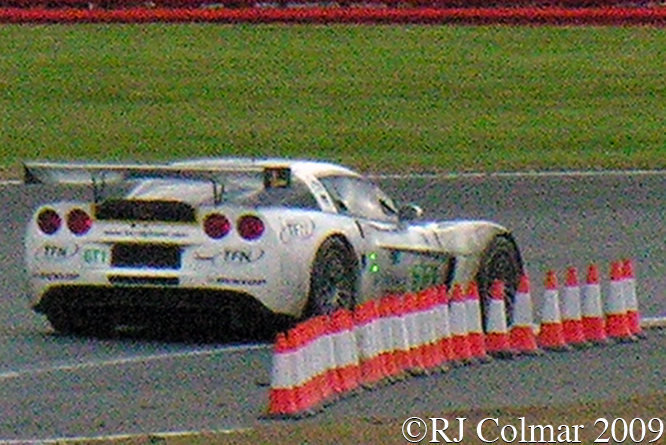
Later in 2008 Bruno Hernandez and Soheil Ayari drove chassis #C6R-004 and recorded a pair of heat wins in French FFSA GT Championship events run at Albi and Magny Cours.
In 2009 Luc, Jérôme and Patrice drove the car to a class victory at Spa a month before Luc sustained injuries in an all terrain motorcycle event that forced him to retire from competition driving and riding.
Luc was replaced by Julien Jousse at Algarve where #C6R-004 recorded it’s final class victory in 2009.
Jérôme, Patrice and Julien shared the car at the 2009 Silverstone 1000kms, where today’s pictures were taken, to record a 22nd place finish from 23rd on the grid.
After taking part in a couple more FFSA and FIA GT events the car was retired from competition at the end of the season.




